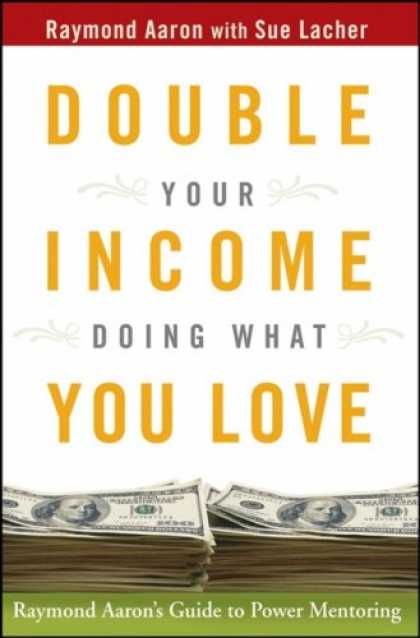Secrets of Millionaire Moms
Learn How They Turned Great Ideas Into Booming Businesses
On the road to $1M rating:
They say you shouldn’t judge a book by its cover, and the saying applies literally to Tamara Monosoff’s Secrets of Millionaire Moms: if you can look beyond the shabby cover and the flat, black-and-white inside layout -betraying that the book was originally published in ebook format- you will be pleasantly surprised.
Monosoff draws on her own experience as an entrepreneur and those of 17 other women -all of whom decided to turn their ideas into start-ups and eventually grew them into multimillion-dollar companies- to illustrate the steps needed to create, manage, and grow a business.
The first original aspect of the book is that all the profiled entrepreneurs are women, many of them in their 50’s and beyond -while I think it’s safe to say that the typical image of a self-made, millionaire entrepreneur would be that of a man. And there is a further catch: as the book title suggests, all these women have kids, and have had to work hard at achieving the elusive work-life balance, coming up with ingenious ideas to be able to enjoy their children while they worked hard on their businesses.
The fact that the book focuses on moms doesn’t make it any less of a business book. Apart from a chapter about juggling family and business, all the topics covered are of prime interest to anybody considering starting their own venture: how to turn your life-fantasy into a workable business plan, the importance of understanding the finances, how to raise capital, administer assets, or manage employees.
I think that most readers would define Secrets of Millionaire Moms as female-oriented. Being told from a female perspective, it often touches on issues that are typically considered of more interest to women. For instance, references abound to the internal critic that continuously reminds you of the reasons you can’t do something -it’s usually assumed that this nefarious inner voice is more commonly a problem for women, although I suspect that many men will be acquainted with it too. There’s also a discussion of the guilt factor from being away from your kids which, if the readership of blogs on the topic is anything to go by, is also of greater concern to women than men.
This is not to suggest that men won’t find the book useful and enjoyable. The times when a man could -and would want to- spend all his life working while leaving his wife to take care of the household and the family are long gone. Men entrepreneurs will at some point in their lives come across the difficulty of juggling work with family life, and the fact that a business book tackles this topic head on should be welcomed as a refreshing novelty, in step with modern times.
In the end, the book is extremely inspiring without lacking realism: while it continuously underlines the importance of believing in yourself, it doesn’t hide that being an entrepreneur can sometimes be difficult -you may have to spend birthdays away from your kids, have money troubles, feel anxious and stressed, or be obliged to fire employees. The ultimate message, however, is a positive one. All interviewees agree that the sacrifices they made were worthwhile, and more than compensated by the gains in terms of flexibility, outlets for their creativity, and financial independence.
I loved reading a business book written by a woman who was able to achieve her dreams through hard work. While I cannot stress enough that both male and female readers will enjoy the book, it’s still harder for us women to find entrepreneur role models. Thanks to Secrets of Millionaire Moms, I’ve found several to add to my list.
.








